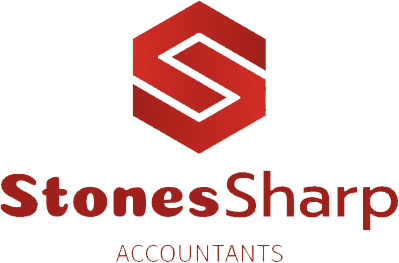Tax season can often feel like navigating through a labyrinth of forms and numbers, but understanding how to calculate tax refund can bring a sense of clarity and relief. With the right knowledge and tools at your disposal, you can demystify the process and maximize your refund potential.
Deciphering Your Finances
Before delving into the intricacies of tax refunds, it’s essential to have a clear picture of your financial situation. Gather all relevant documents, including W-2s, 1099s, and any other income or deduction records. Organizing your financial data lays the groundwork for an accurate assessment.
The Basics of Calculating Tax Refunds
To understand how to calculate your tax refund, you first need to estimate your total taxable income for the year. Subtract any allowable deductions from your total income to find your taxable income. The next step is to apply the appropriate tax rates to your taxable income, considering your filing status, which will give you the tax liability. Comparing this against the total tax you’ve already paid through withholdings or estimated payments will reveal if you are due a refund.
Leveraging Technology
In today’s digital age, there’s no shortage of tools and resources to simplify the tax refund process. Online tax calculators and software programs can streamline calculations and identify potential deductions you may have overlooked. Embracing technology empowers you to maximize your refund while minimizing errors.
Exploring Deductions and Credits
One of the most effective ways to increase your tax refund is by leveraging deductions and credits. From mortgage interest and charitable contributions to education expenses and healthcare costs, there are numerous opportunities to lower your taxable income and boost your refund potential. Familiarize yourself with available deductions and credits to ensure you’re taking full advantage of every opportunity.
Seeking Professional Guidance
While navigating the tax landscape on your own can be daunting, seeking professional guidance can provide invaluable support. Tax professionals possess the expertise and experience to identify deductions, navigate complex tax laws, and optimize your refund potential. Whether consulting with a certified public accountant or utilizing online tax services, expert assistance can streamline the process and maximize your financial outcome.
In Conclusion
Understanding how to calculate tax refund is an essential skill that empowers you to take control of your finances. By deciphering your financial data, leveraging technology, exploring deductions and credits, and seeking professional guidance, you can navigate the tax landscape with confidence and maximize your refund potential. So, don’t let tax season overwhelm you—embrace the opportunity to unlock the mystery of calculating your tax refund and secure your financial future.

